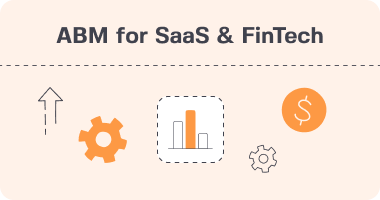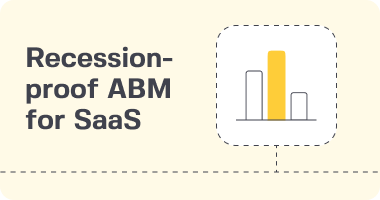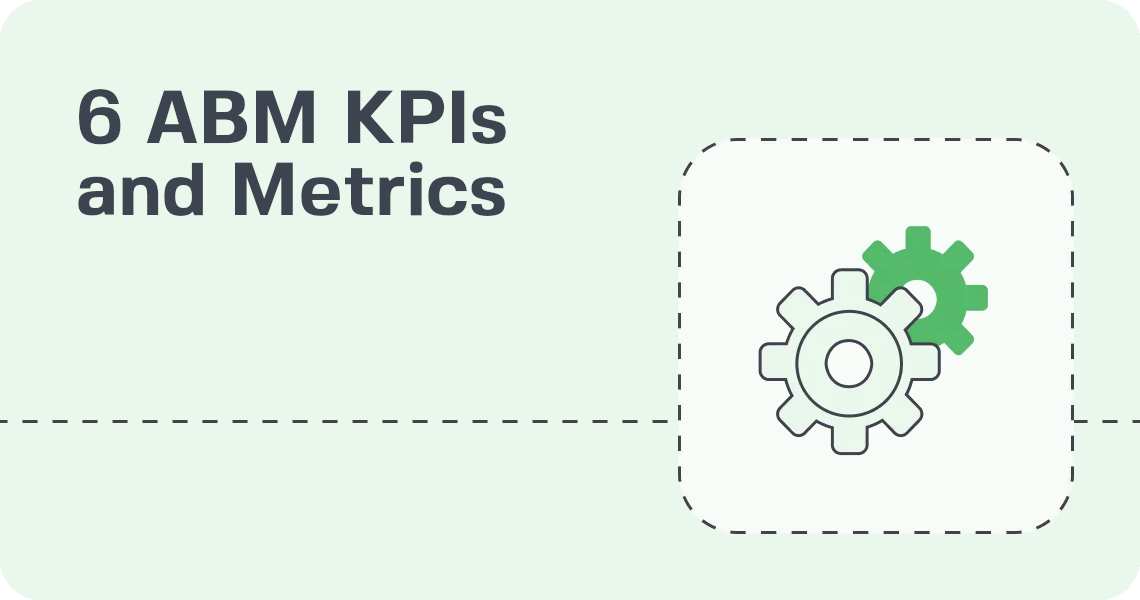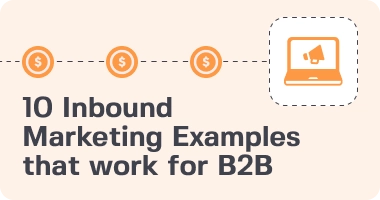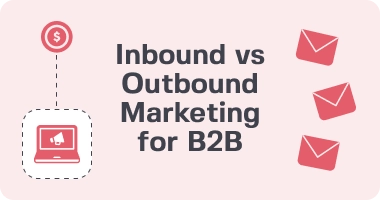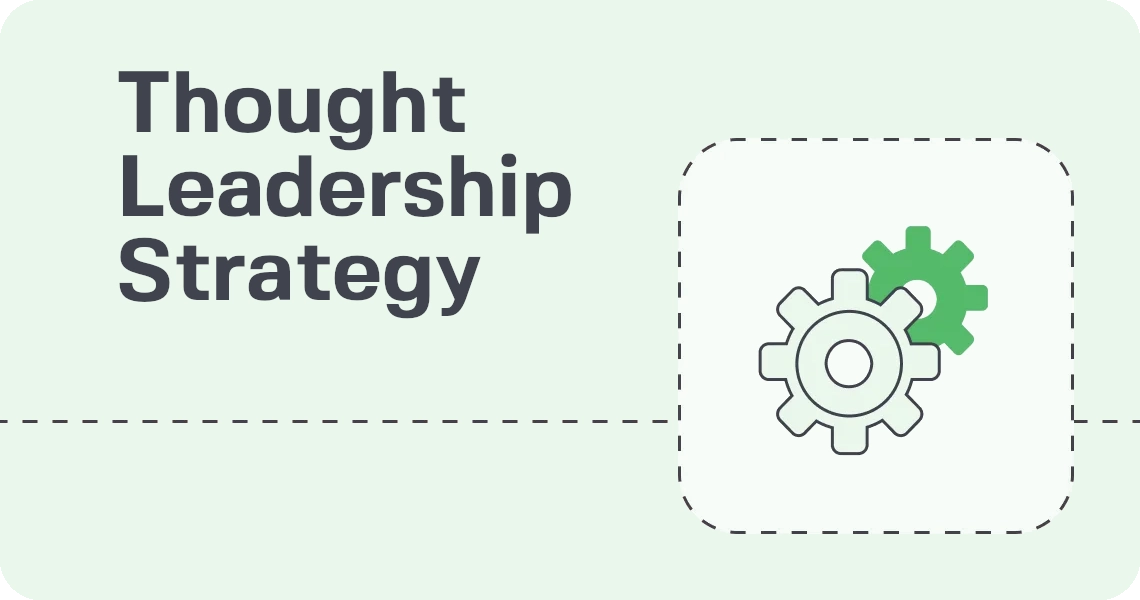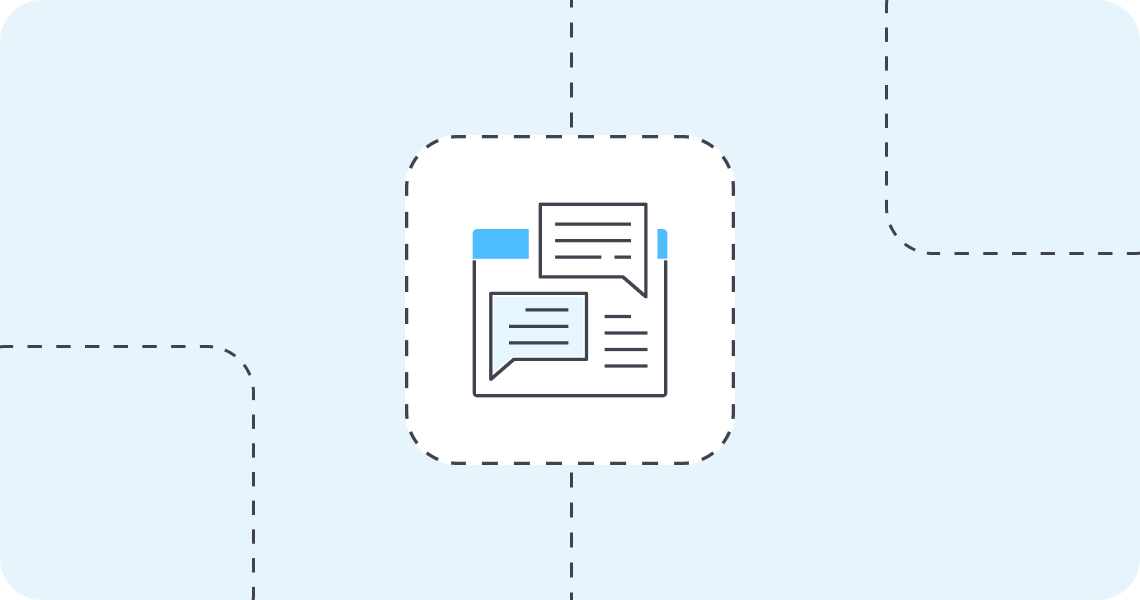Drowning in data? Audience segmentation is your lifeline — it helps enterprises sift through endless clicks and scrolls to connect with their audience effectively. So get ready to turn data chaos into targeted messages that boost engagement and drive sales within your enterprise marketing strategy. Continue reading to explore more!
What Is Audience Segmentation?
At its core, audience segmentation analysis is the process of dividing your broader market into smaller, more defined groups. These groups are segmented based on shared characteristics, which could range from company size and industry sector to technology usage and purchasing behavior.
In the B2B tech world, this means tailoring your approach to resonate with each segment’s unique landscape. For example, a startup operating with a lean team and limited resources may prioritize solutions that offer quick deployment and scalability, whereas a multinational corporation might focus on integration capabilities, security, and global support.
Why and How Marketing Audience Segmentation Improves Performance
Why does segmentation matter so much, especially for B2B tech companies? We’re explaining below!
1. Increased Relevance
Understanding and tapping into each segment’s unique interests and needs transforms your marketing from generic to genuinely engaging. It’s about moving beyond the one-size-fits-all approach to create content that feels custom-made for each audience group. This could mean developing different versions of an email campaign that highlight specific features or benefits relevant to each segment or creating targeted landing pages that speak directly to the challenges faced by other industries. The goal is to make every interaction feel tailored just for them, making your audience more likely to engage deeply with your brand
2. Higher Conversion Rates
Aligning your messaging and CTAs with the specific desires and pain points of each segment, you make an offer they can’t refuse. Imagine you’re a cybersecurity firm; a CTA for an IT manager might focus on technical details and integration capabilities, whereas a CTA for a C-level executive might highlight ROI and risk mitigation. This nuanced approach can drastically improve your conversion rates, turning prospects into customers more efficiently.
3. Efficient Resource Allocation
Not every target audience will yield the same return. Some segments may have a higher lifetime value, while others might be more likely to convert quickly. By identifying and prioritizing these segments, you can allocate your marketing resources—budget, time, or creative energy—more strategically. This means investing more in high-potential segments while optimizing campaigns for others to ensure maximum ROI.
4. Better Customer Experience
Segmentation is the cornerstone of personalization, and personalization is the key to an exceptional customer experience. So, how can audience segmentation enhance your inbound marketing efforts? By tailoring the customer journey to specific needs and interests, you’re not just selling a product or service but providing a solution that fits their exact situation. This approach builds a strong emotional connection with your brand, as customers feel seen, heard, and valued. It’s about creating a seamless and relevant experience at every touchpoint, from targeted advertising and personalized emails to customized product recommendations and support.
5. Enhanced Analytics and Insights
Segmentation doesn’t just allow for tailored marketing strategies; it also provides a wealth of data and insights that can inform future initiatives. By analyzing the behaviors, preferences, and feedback of each segment, you can uncover patterns and opportunities that might have been missed with a broader approach. This data-driven strategy enables you to refine your marketing efforts, develop products or services that better meet the needs of your target audience, and even identify new market opportunities. Moreover, continuous analysis of segment performance helps quickly identify what works and what doesn’t, allowing for rapid adjustments to your marketing strategies.
Audience Segmentation Examples For Enterprises
Let’s dive into some real-world examples of how B2B tech companies can leverage target audience segmentation for better results.
Industry-Specific Segmentation
Enterprises often cater to clients across various industries, each with its unique challenges and priorities. By segmenting your audience based on industry—such as healthcare, finance, technology, or manufacturing—you can tailor your messaging to address specific pain points, regulatory concerns, and industry trends. For example, a cybersecurity firm might highlight compliance and data protection for healthcare clients, while emphasizing scalability and innovation for technology companies. This approach not only enhances relevance but also positions your brand as a knowledgeable partner in each sector.
Job Role Segmentation
Decision-makers within an enterprise can range from technical experts to C-suite executives, each with different concerns and influence levels. Segmenting your audience by job role enables you to create content that speaks directly to the interests and responsibilities of each group. For instance, detailed technical guides can engage IT professionals, while ROI-focused case studies appeal to financial decision-makers. Personalizing content in this way helps ensure your message is compelling to the individuals who hold sway over purchasing decisions.
Account-Based Segmentation
Account-based marketing (ABM) takes segmentation to an individual organization level, focusing on high-value accounts with tailored marketing strategies. This approach involves identifying key accounts and developing customized marketing campaigns that resonate with the specific needs, challenges, and opportunities of each account. By leveraging data analytics and insights, you can create highly personalized experiences that foster deeper relationships, increase engagement, and drive sales with your most valuable clients.
Technographic Segmentation
Understanding the existing technological landscape of your target audience can significantly enhance the relevance of your marketing efforts. Segmenting your audience based on their current tech stack, software preferences, and digital maturity allows you to tailor your solutions more precisely. For tech enterprises, this might mean differentiating messaging for companies that are cloud-native versus those undergoing digital transformation. Highlighting integration capabilities with existing technologies or demonstrating ease of adoption can address specific technological challenges and barriers, making your offering more attractive.
Behavioral Segmentation
Analyzing how different segments interact with your brand across various channels can unveil valuable insights into their preferences and buying behavior. Segmentation of target audience based on behavioral data—such as website interactions, content engagement, and purchase history—enables you to customize your marketing activities to better align with each segment’s journey. For example, re-engagement campaigns can target segments showing decreased activity, while upsell opportunities can be tailored to the most engaged users.
Geographic Segmentation
Even within enterprise markets, geographic differences can influence the needs and preferences of your audience. Segmenting by location—considering factors like market maturity, cultural nuances, and regional regulations—can help customize your marketing strategies to suit local contexts. This might involve adjusting product offerings, tailoring messaging to local market trends, or adapting communication styles to resonate with cultural preferences.
Customer Stage Segmentation
The buyer’s journey is a path, not a sprint. By tailoring your messaging to each stage—awareness, consideration, decision—you can guide your prospects through the funnel more effectively, increasing the likelihood of conversion at every step.
Audience Segmentation Tools
To put all this into practice, you’ll need the right tools in your arsenal. Below, we highlight the essential instruments in your arsenal for effective audience segmentation and targeting in digital marketing:
CRM Software
Platforms like Salesforce and HubSpot are cornerstones for any digital marketer, providing robust capabilities to track customer interactions, segment audiences, and personalize communication. These platforms enable businesses to organize their customer data efficiently, making it easier to identify patterns, preferences, and opportunities for engagement.
At 42DM, we specialize in leveraging these CRMs to their fullest potential, ensuring that every interaction with your audience is informed, intentional, and impactful.
Analytics Platforms
Tools such as Google Analytics offer a window into how different audience segments interact with your website. They reveal which pages capture attention, which calls to action resonate, and where you might lose potential leads.
Survey Tools
Direct feedback is invaluable, and tools like SurveyMonkey and Typeform make it easier than ever to gather this data. By understanding your audience’s the direct needs, preferences, and feedback, you can adjust your strategies to better meet their expectations.
AI and Machine Learning
AI and machine learning tools stand out by analyzing vast datasets to uncover patterns and segments you might not have even known existed. These technologies can predict trends, personalize customer experiences at scale, and optimize marketing efforts in real time.
Our team at 42DM dives deep into these analytics, using the insights to refine your segmentation strategy and optimize every aspect of your online presence for maximum engagement and conversion.
Ready to Make Your B2B Tech Marketing Shine?
Our 42DM experts dive deep into analytics, using the insights to refine your segmentation strategy and optimize every aspect of your online presence for maximum engagement and conversion.
So let’s cut through the clutter together. Reach out to us, and let’s chat about how we can tune into your audience’s real needs, dial up your personalized messaging, and turn those insights into growth opportunities.


